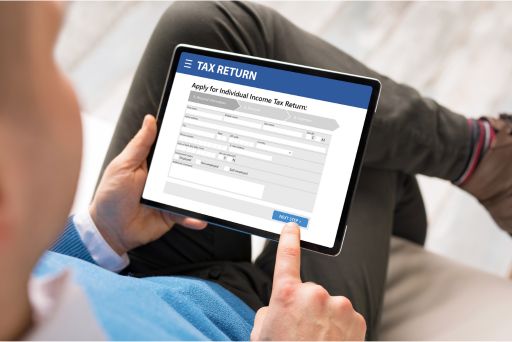Question: I’m headed to a vacation hot spot on a business trip this summer and I’d love to enjoy it while I’m there. How can I bring my family along while keeping this a work trip, and share the expense? What are the rules? Answer: You can have your cake and eat it too! Grab your flip flops and beach towels and surprise the family with some summer fun. Here’s how to make it happen.
To claim deductions for a business trip turned family vacation:
– Keep all of your receipts from a business trip. For easy and organized tips on doing this, visit this post.-Set up your out-of-town meetings for late in the week and early into the next, giving you time for family fun over the weekend. The IRS frowns on one or two days of meetings, with five days of fun tacked on the end; but, by scheduling it over a weekend, the longer trip is necessary.– Separate business expenses from personal expenses. For example, you can write off your airline ticket, but not your family’s so you’ll need to book them separately or separate the expense in your books. You’ll also need to split the meal checks, tickets for entertainment, ball games, shows, and other things that cost money on the trip. You can deduct those expenses for yourself, but not for others. Your family and friends are not considered “essential” for the business trip.– If the trip is primarily business, your expenses to and from the destination are deductible. If it starts as a planned family vacation and you add a little business in at the last minute, transportation to and from the destination is not deductible. However, if you drive to the meetings instead of fly, your miles driven are tax deductible, regardless of whether you have the family along.– If you spend less on transportation by staying until Saturday, the IRS has indicated it will generally consider that extra stay time as a business expense.– Meals are only 50% deductible, even if they’re business meals.– If you doubt it is a business expense, it probably isn’t. Remember that business expenses should be ordinary and necessary, even when traveling. Scuba diving is hard to justify as a business expense, no matter how much business talk is done underwater. Keep in mind that the IRS is vigilant about tracking expenses while on a business trip. Plan on a bit of extra preparation and work to make it happen and don’t forget the sunscreen when you go!




 If you were uninsured in 2015, you may owe a penalty on your taxes this year. However, you can still save money by claiming an exemption, which about 70% of Americans are doing in 2016. A whopping 300,000 people who paid the penalty last year would have qualified for the exemption, according to the IRS. No worries, Mazuma won’t let that happen to you. Here is the good news and the bad news about being uninsured in 2015.
If you were uninsured in 2015, you may owe a penalty on your taxes this year. However, you can still save money by claiming an exemption, which about 70% of Americans are doing in 2016. A whopping 300,000 people who paid the penalty last year would have qualified for the exemption, according to the IRS. No worries, Mazuma won’t let that happen to you. Here is the good news and the bad news about being uninsured in 2015.













